
by Nicholas Mitsakos | Artificial Intelligence, Innovation, Podcast, Writing and Podcasts
This podcast discusses my article on the current state of artificial intelligence, focusing on the limitations of large language models and the unrealistic expectations surrounding the development of artificial general intelligence (AGI). I argue that AI systems are not on a trajectory to match or exceed human intelligence because LLMs lack common sense and rely on regurgitating information rather than understanding. Despite the hype surrounding AGI, it is decades away, and the current focus on LLMs is misguided. Instead, I advocate for a different approach to AI that incorporates real-world interactions and visual data.
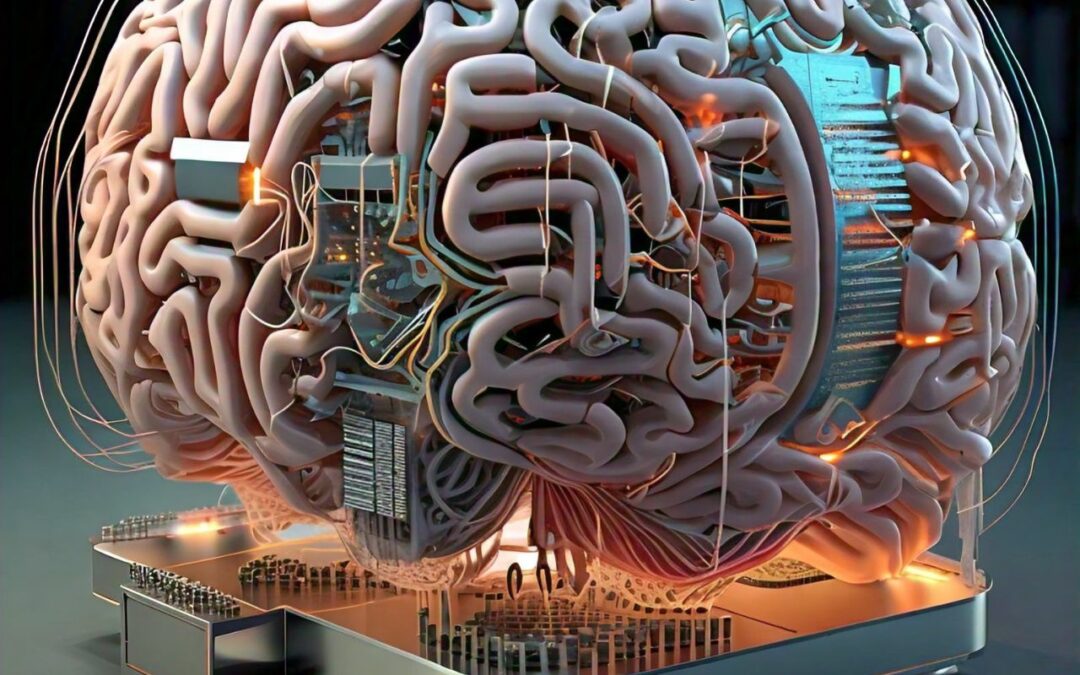
by Nicholas Mitsakos | Artificial Intelligence, Writing and Podcasts
This is a new podcast based on my artificial intelligence research. I argue that the current approach to artificial intelligence, reliant on massive datasets and “neural networks” inspired by the brain, is fundamentally flawed. Instead, it advocates for a new vision that prioritizes cognitive architecture, mirroring the brain’s ability to process information dynamically and identify relevant data. This new approach would utilize smaller, more focused datasets, leading to more efficient, accurate, and scalable AI systems capable of true learning, knowledge transfer, and prediction.

by Nicholas Mitsakos | Artificial Intelligence, Digital Assets, Finance, Financial Technology, Innovation, Transformative businesses, Writing and Podcasts
Apple can disrupt global finance. Visa and MasterCard are now vulnerable. Previously, it was believed that the capital required for infrastructure, systems, and processing was an insurmountable obstacle to any new competitor. But things have changed. Innovation and disruption in the credit card business pose a threat to established players like Visa and MasterCard. Apple can leverage its ecosystem, user experience focus, brand trust, strategic partnerships, and innovative use of data to succeed in the credit card business. Over time, as it scales and innovates, it could challenge Visa and MasterCard’s market dominance.
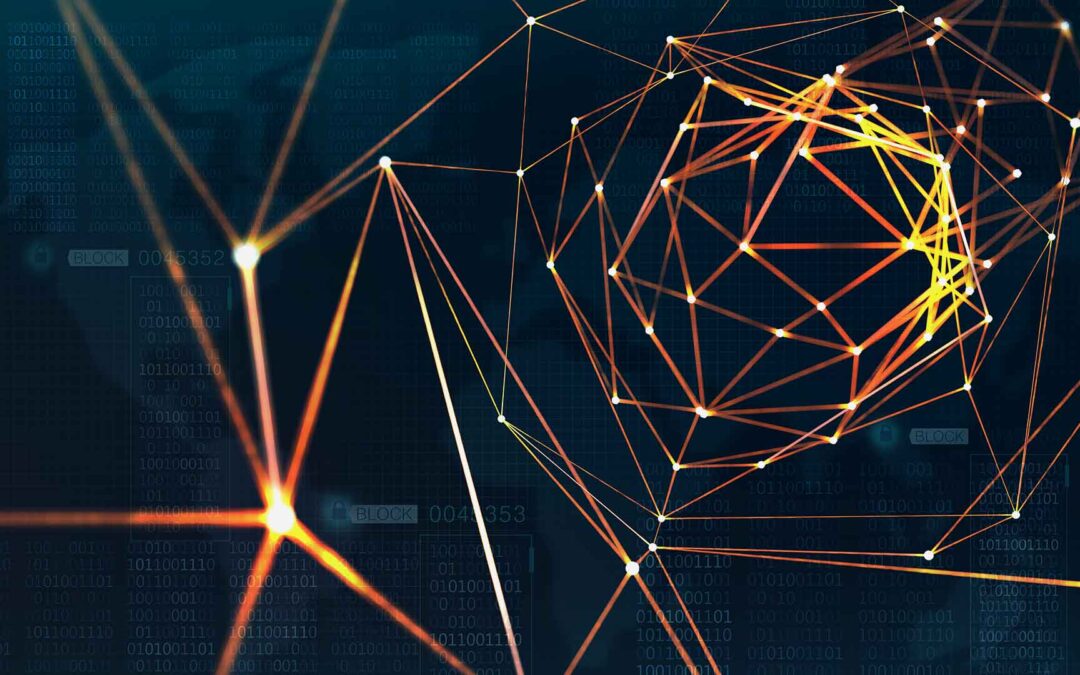
by Nicholas Mitsakos | Artificial Intelligence, Book Chapter, Innovation, Science, Technology, Transformative businesses, Writing and Podcasts
AI is not a data problem; it is a cognitive architecture problem. Data and computing power will become insurmountable hurdles for transformer-based models. A new generation of AI models requires fundamental breakthroughs. Large data models can’t learn, transfer knowledge or understanding, understand the relevance, or use analogous learning to transfer that relevance and predict. Current AI models require massive and increasing data and learn from reinforcement. This cannot scale and is massively inefficient. Real learning based on cognitive architecture, focused dynamic data, and referential data sets is a better solution. This is closer to real human learning, more effective and efficient, and offers a significantly better solution. Understanding the natural learning process — referential and analogous data, categorization, transferring and building upon that data, and creating knowledge applicable to new situations — learning builds upon itself and is exponentially effective. That is the real AI solution.

by Nicholas Mitsakos | Artificial Intelligence, Biotechnology, Book Chapter, Digital Assets, Innovation, Investments, Science, Technology, Writing and Podcasts
Global technological transformation and disruptive technologies create extraordinary opportunities – and magnified risks. Headline-grabbing hyperbole dominates each news cycle, and some forecasts and bewildering futuristic projections can mostly be dismissed. However, meaningful substance and catalytic disruptive change are permeating all industries.
A context to understand these developments – a broader, methodical, and disciplined way to think about disruption and transformation- shows that extraordinary opportunities on a highly competitive global scale are emerging.
Artificial intelligence and AI-generated tools, digital assets, blockchain-based businesses, gene editing, and DNA sequencing profoundly impact the world’s most important industries. New technological innovations and platforms enable unprecedented disruption to all business and economic models.

by Nicholas Mitsakos | Artificial Intelligence, China, Economy, Globalization, Innovation, Investment Principles, Technology, Transformative businesses, Writing and Podcasts
Chairman Xi faces more significant problems than just a declining stock market. Future prosperity, innovation, and China’s global position in advanced technologies are at stake. Bureaucratic regulation and central government money are not the answer, and an uncomfortable truth for communist bureaucrats is that a free market, access to venture capital and private equity, and vibrant public markets are essential for China’s success. A volatile market is still best at attributing value and allocating capital over time. China’s entrepreneurs have brilliance, incomparable fortitude, and a strong work ethic, but without capital and liquidity for that capital, the ship will run aground. Permanent capital is essential for the growth of an economy, innovation, and prosperity. Liquidity is essential for that capital.
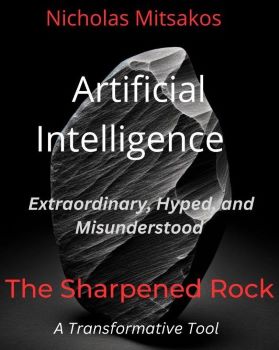
by Nicholas Mitsakos | Artificial Intelligence, Book, drug discovery, Economy, Financial Technology, Green Energy, Transformative businesses, Writing and Podcasts
AI as a powerful tool under human direction, not an autonomous entity with consciousness or emotions. It examines artificial intelligence’s opportunities, limitations, and risks while giving a reality check to the hyperbole and fears.
The first and most crucial principle in understanding AI is recognizing its inherent nature as a tool, a creation of human ingenuity designed to augment, rather than replace, human intelligence. AI systems, at their core, are complex algorithms capable of processing and learning from data at a scale and speed unattainable by human cognition.
However, it is an unprecedented, powerful tool that can permeate every aspect of society, industry, and human ingenuity globally. Its impact can be equivalent to Prometheus giving humans the gift of fire.
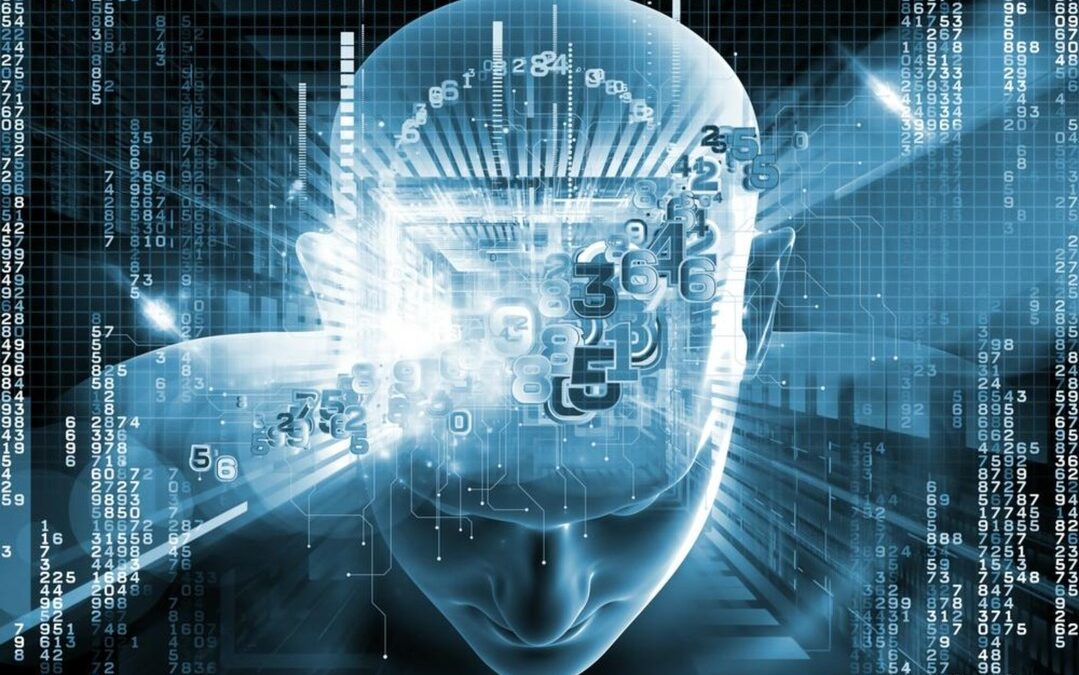
by Nicholas Mitsakos | Artificial Intelligence, Book, Book Chapter, Innovation, Science, Technology, Transformative businesses, Writing and Podcasts
Artificial intelligence is poised to significantly impact various fields and activities, transforming how we approach creativity, professional activities, science, and many more domains. Disruption will accelerate the development of new innovative businesses and strategies in finance, medicine, data management, systems engineering, materials science, art, and other industries. AI’s impact will be profound and multifaceted, driving innovation and efficiency and posing challenges regarding ethics, job displacement, and new skills and regulations. As AI continues to evolve, its integration into these areas will likely shape the future of human society in significant ways.

by Nicholas Mitsakos | Artificial Intelligence, Biotechnology, Book Chapter, crispr, drug discovery, Health Care, Innovation, Science, Writing and Podcasts
The first gene-edited approved drug (treating sickle cell anemia) is the first commercial rewriting of human genomes. Is this a new “Golden Age” for medicine? There is great promise, and the potential to treat unmet medical needs, scale dramatic innovations to commercial applications, and transform life sciences is enormous. Since every medicine is an intersection of scientific, technical, and clinical understanding, many new treatments are suddenly arriving because of the convergence of dramatic advancements in science, technical knowledge, and clinical results. Modern medicine is witnessing a transformative era of groundbreaking innovations and technological advancements. We are witnessing a renaissance in drug treatment driven by innovations in immunotherapy, weight management, vaccine development, gene editing, and AI. These advances reshape medical treatments and fundamentally alter our approach to health and disease. As these technologies mature and their applications broaden, the future of medicine holds unprecedented potential for improving human health and longevity. A golden age – with a bit of hype.
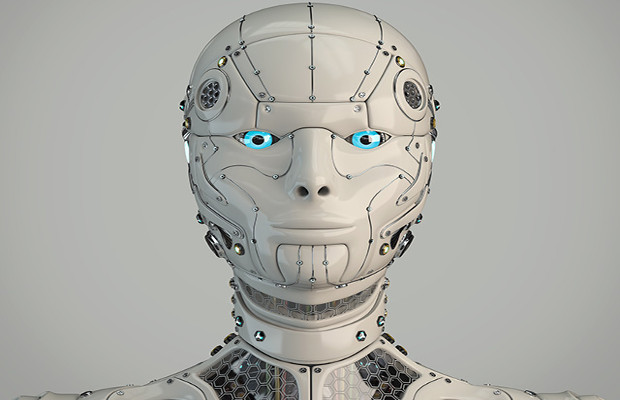
by Nicholas Mitsakos | Artificial Intelligence, Book Chapter, drug discovery, Green Energy, Innovation, Public Policy, Science, Technology, Transformative businesses, Writing and Podcasts
The era of artificial intelligence is here, and it’s generating despair and fear over the loss of control and the worry that artificial intelligence is about to unleash killer robots and enslave humanity. Perhaps…or, something else. Artificial intelligence will improve lives and generate greater access to education, improve healthcare, and advance climate science. Among many other improvements, AI’s benefits greatly outweigh its costs. AI has its costs since everything comes with a price (there are always both sides to the ledger), but the extraordinary benefits that artificial intelligence can unleash are worth the effort. Don’t slow down, pause, or restrict research, development, and AI applications. Prometheus gave the world fire and while we can still cause great harm, it was among the single greatest advancements for humankind. Artificial intelligence can be the same thing for our modern-day recipients of fire from the gods. But, we can’t be naïve. We can still burn the earth down if we are not careful. AI will not destroy the world – and is more likely to save it. I’s trajectory points towards a future where it not only enhances technological capabilities but also enriches human lives. Its evolving role will be characterized by a synergy between human and artificial intelligence, propelling societal progress and opening new frontiers of innovation and discovery is not just a technological advancement; it’s a catalyst for a new era of human endeavor. Its impact is vast, touching every aspect of our lives and work. As AI continues to evolve, its role in shaping our society and driving innovation will only become more significant, opening new horizons for growth, creativity, and human potential.
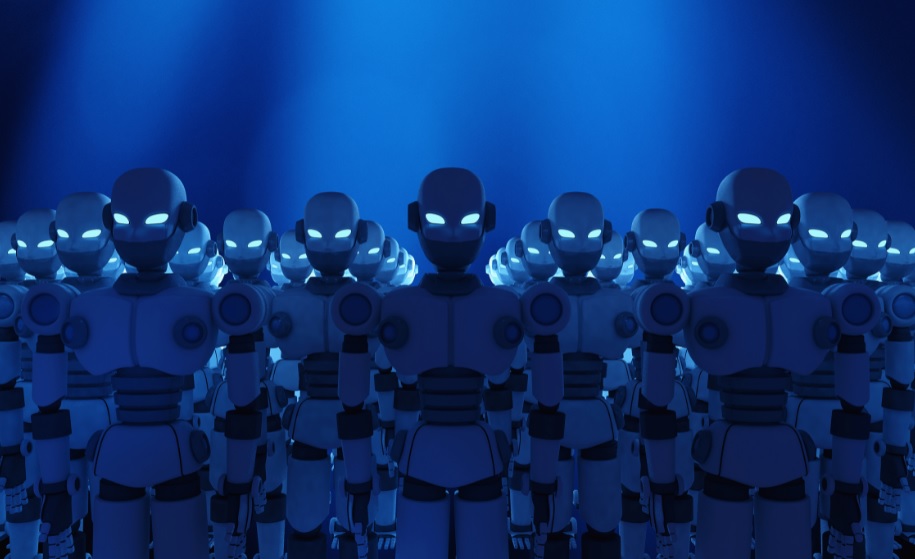
by Nicholas Mitsakos | Artificial Intelligence, Innovation, Public Policy, Science, Technology, Writing and Podcasts
Stunning capabilities are emerging from large language models like GPT 4 that, until very recently, were thought to be only theoretical. We could never have the data sets or the processing power to generate real and usable results. Well, all that has changed – rather suddenly.
But is it time for the torches and pitchforks? What are the serious risks that accompany this technology?
There will be good and bad, like every new era. Will it be the Middle Ages all over again and we’ll experience The Plague before the Renaissance, or will it be more balanced and reasonable? There are good, bad, and many things in between whenever humanity advances.
Let it happen. Put down the pitchforks.

by Nicholas Mitsakos | Artificial Intelligence, Transformative businesses, Writing and Podcasts
Artificial intelligence is disrupting all software and services – when applied within narrow and specific parameters. It performs useful tasks and provides meaningful information for decision-makers but within well-defined data sets.AI still has significant limitations, and large language artificial general intelligence programs like ChatGPT (AGI) may not be the big leap forward many imagine. It is not the vanguard of a new era permeating every aspect of our professional, academic, and personal life. AGI’s usefulness is overstated, and it is not going to happen. Intelligence is not a lumbering statistical engine searching for patterns to generate a useful response. AGI is. The predictions of AGI are superficial and dubious. True intelligence is the ability to think and express improbable but insightful ideas (e.g., Einstein’s Theory of Relativity, Newton’s Laws of Motion, and many other improbable, insightful, and truly intelligent insights). Machine learning cannot do this. ChatGPT is a lumbering statistical engine searching for pattern recognition and feeding on incomprehensible terabytes of data and extrapolating the most probable answer. By contrast, the human mind is an efficient elegant system operating with small amounts of information. Human intelligence creates explanations. It does not infer conclusions by brute force and spurious correlations.











